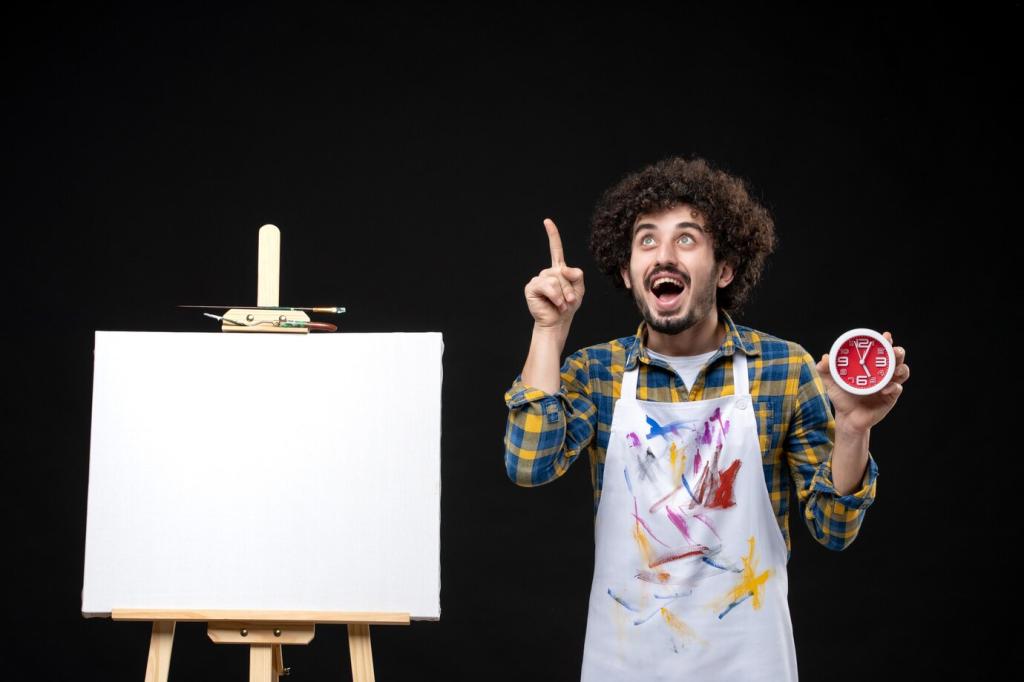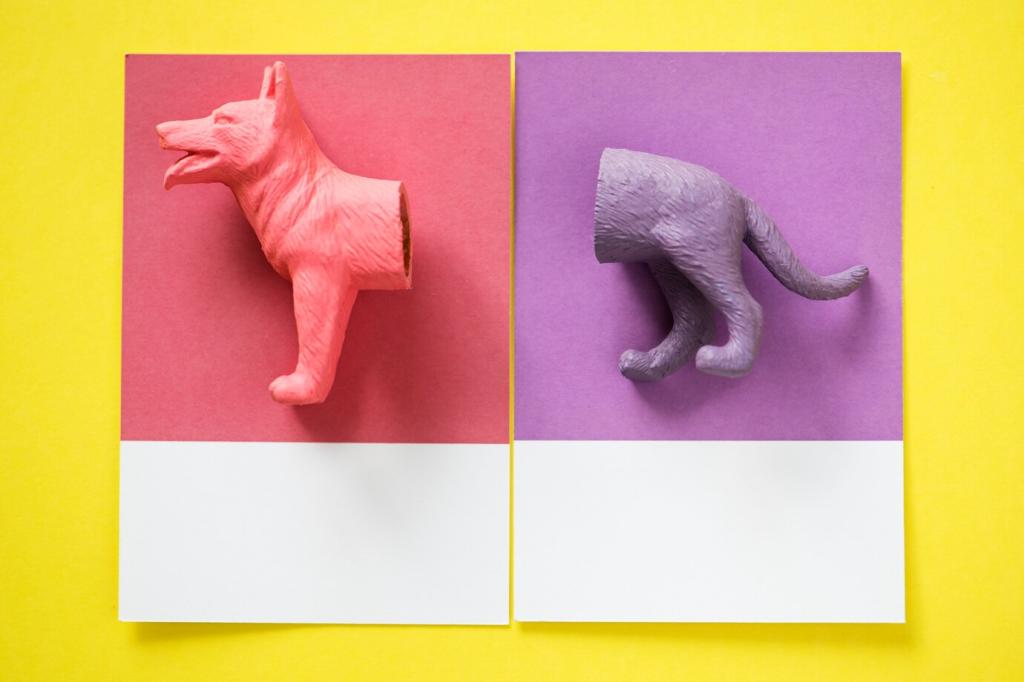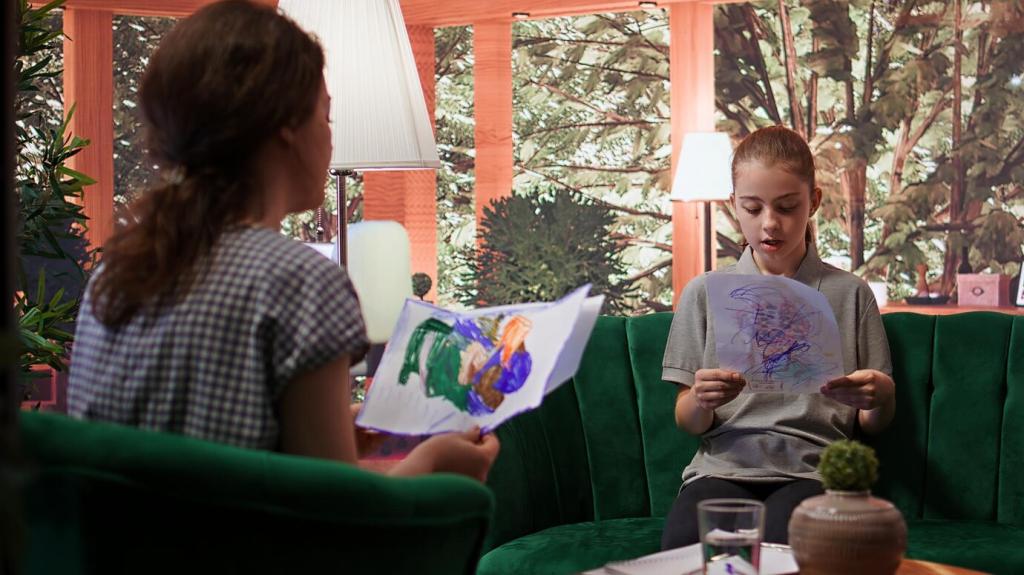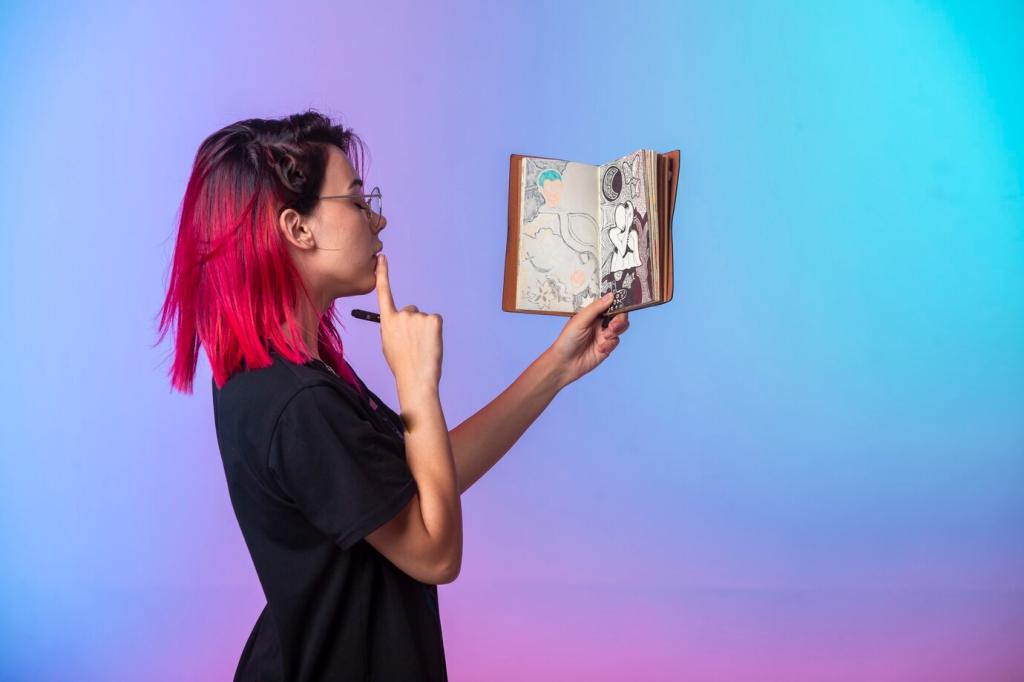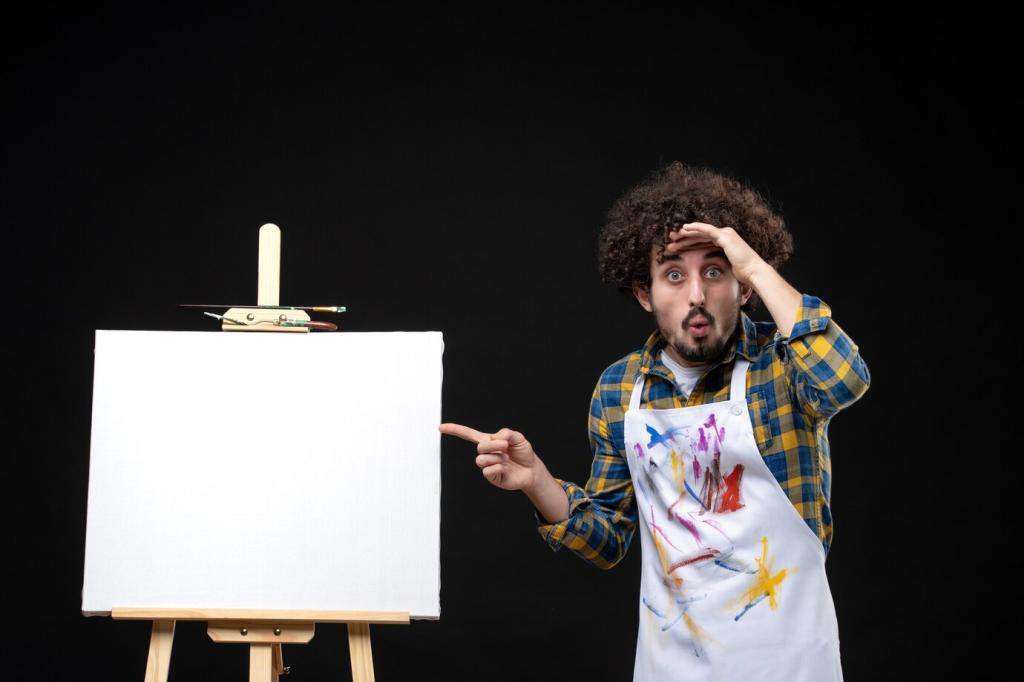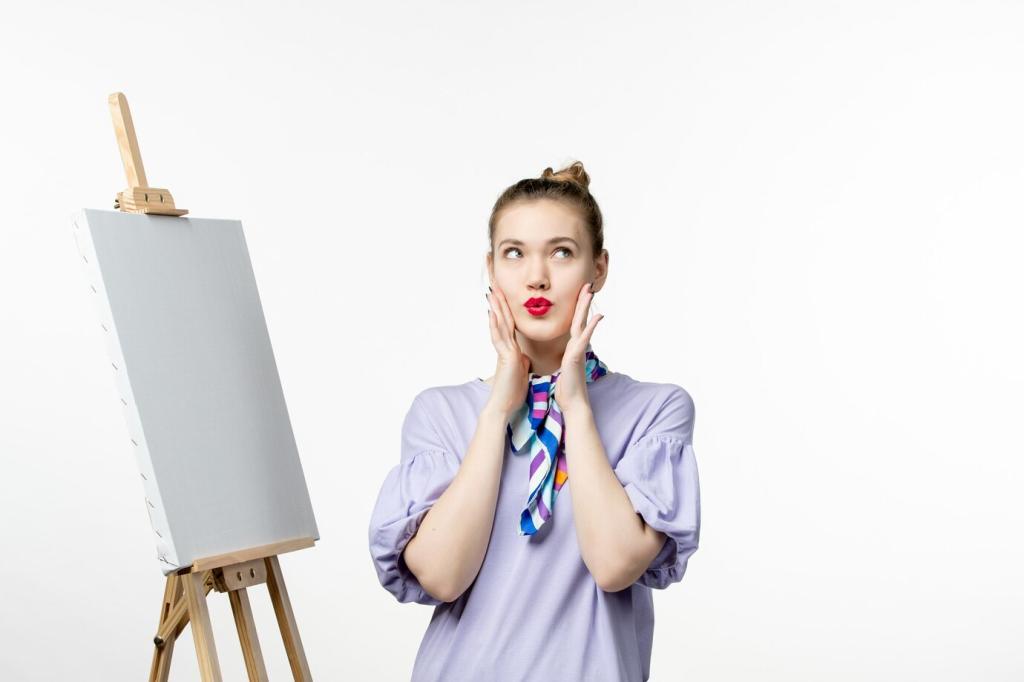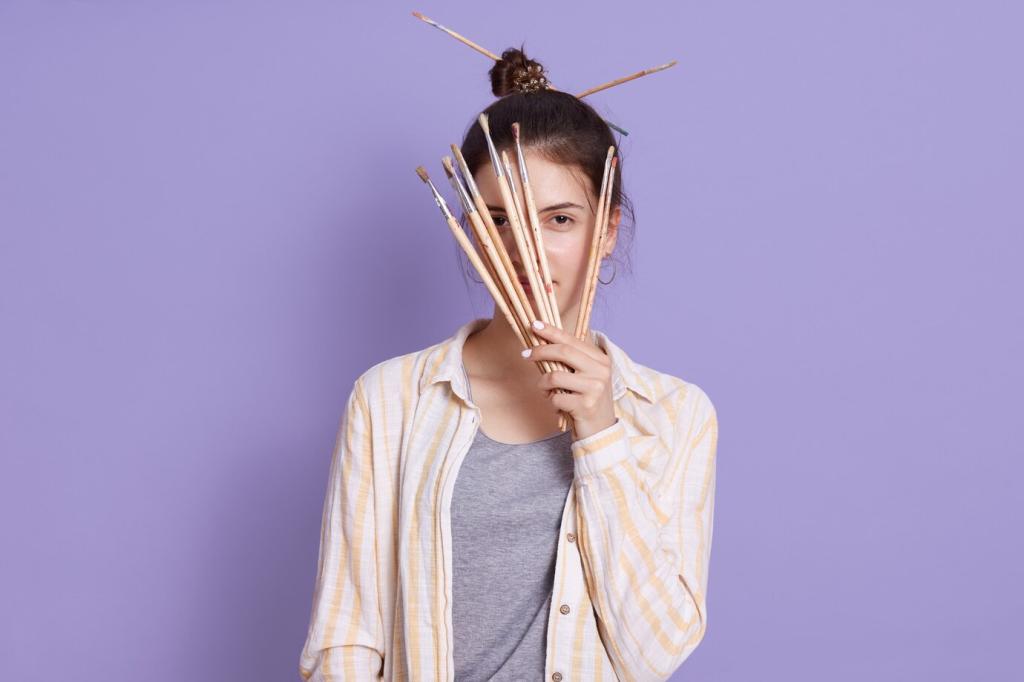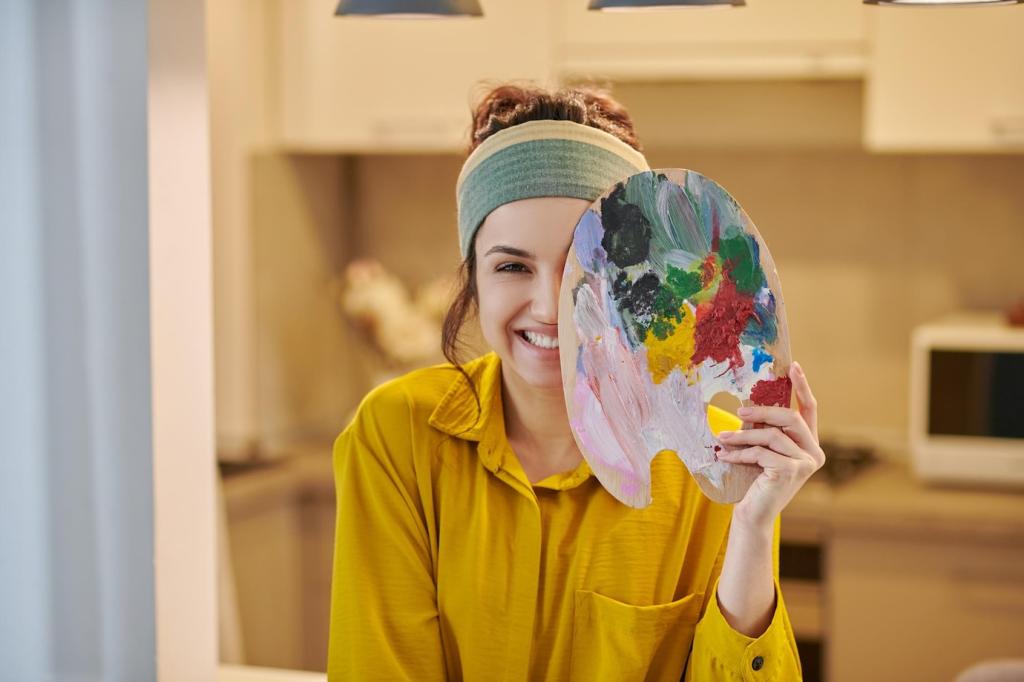Subversion Under Watchful Eyes
When sermons were controlled, satire slipped into still lifes and comedies. A rotten lemon or a bumbling official could critique power without naming names. The audience learned to read jokes as maps toward truth, laughing while decoding danger.
Subversion Under Watchful Eyes
Embroidery circles once carried dissent in patterns, colors, and supposedly domestic motifs. A repeated bloom could reference a banned slogan; a border might mirror a forbidden emblem. The softness of thread disguised steel-edged commentary traveling hand to hand.

